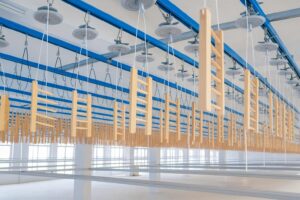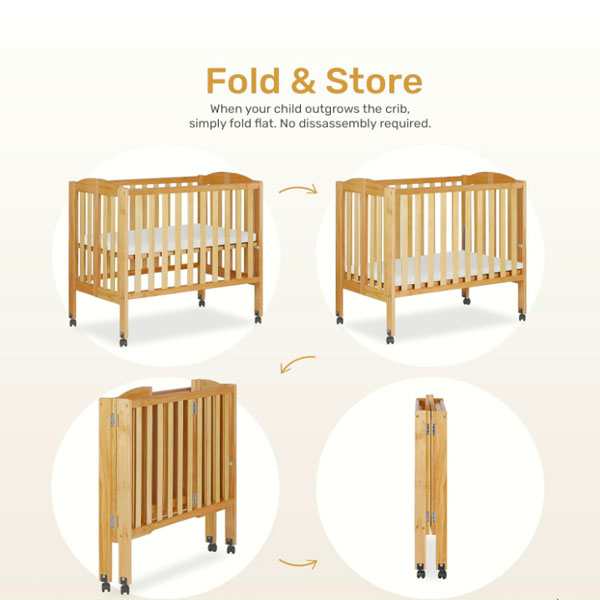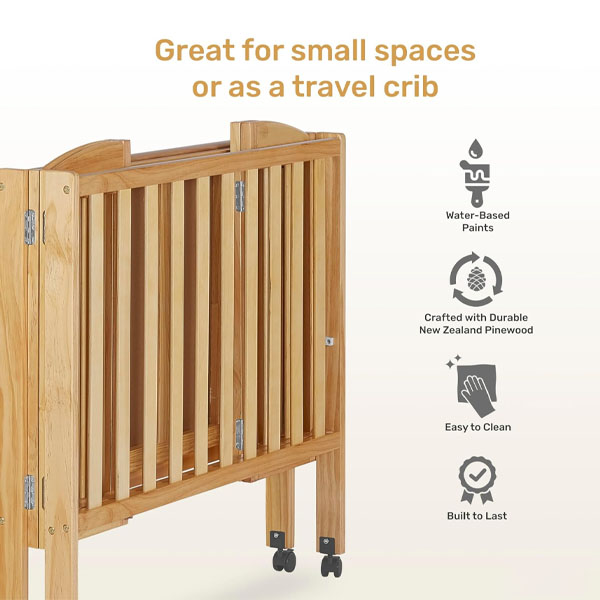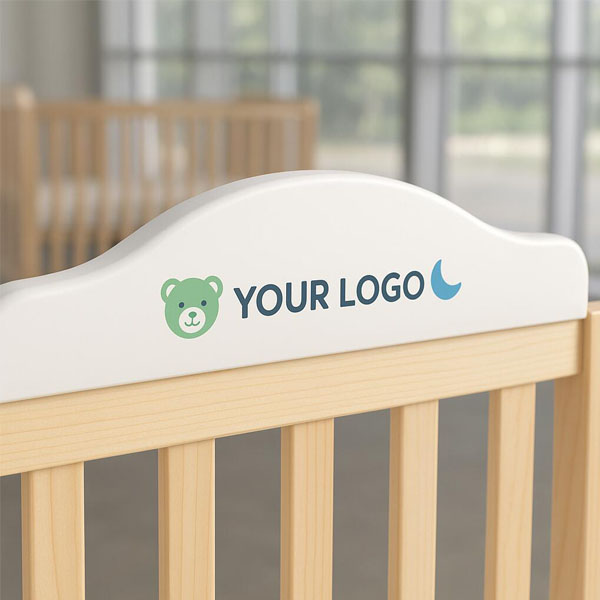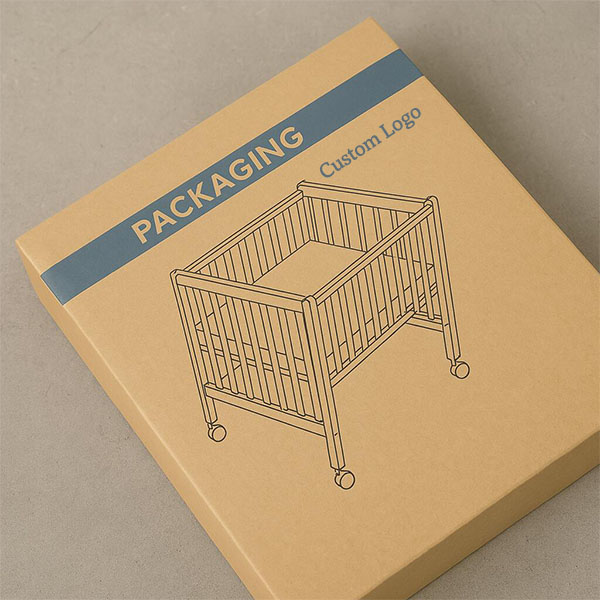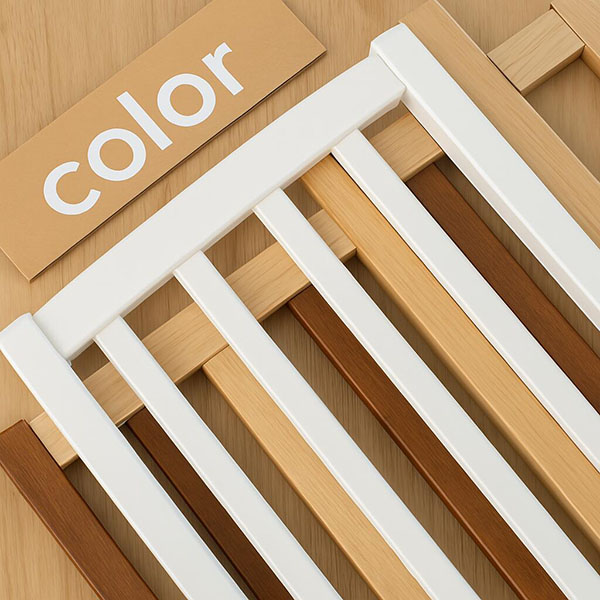All You Need to Know About Wooden Cribs
Wooden cribs have been a classic choice for parents, but are they really the best option? With so many materials available, choosing the right one can be confusing.
Wooden cribs are durable, stylish, and eco-friendly. They offer long-term value and come in various designs. However, selecting the right type of wood and ensuring safety compliance is crucial.
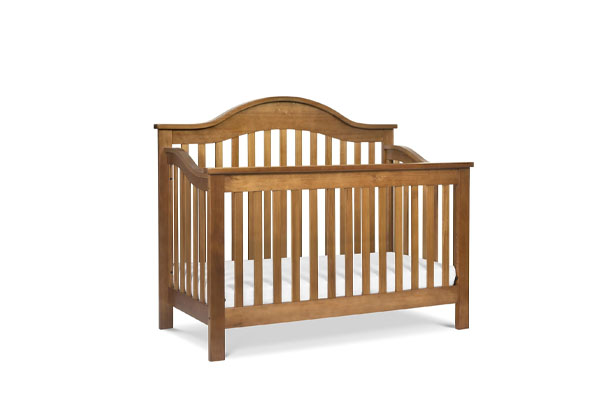
To help you decide, I’ll cover the benefits of wooden cribs, the best wood types, and essential safety considerations.
Why Choose a Wooden Crib?
Many parents prefer wooden cribs, but are they truly better than other materials?
Wooden cribs provide stability, longevity, and aesthetic appeal. They are made from natural materials, ensuring a safer environment for babies.
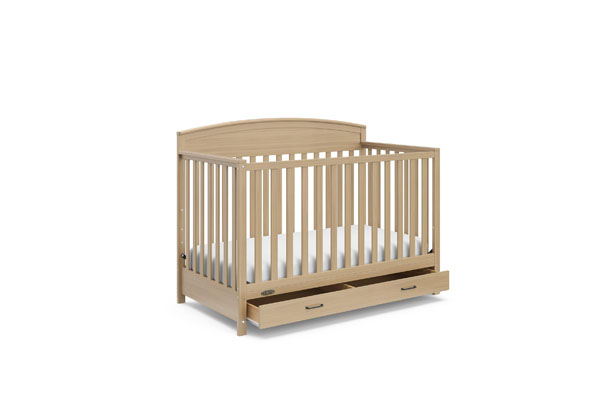
Key Benefits of Wooden Cribs
| Benefit | Explanation |
|---|---|
| Durability | Solid wood cribs last for years without wear. |
| Eco-Friendly | Made from renewable resources, reducing environmental impact. |
| Customization | Available in various styles, colors, and finishes. |
| Safety | Meets strict safety standards if properly treated. |
A high-quality wooden crib is a long-term investment. It can even be repurposed as a toddler bed or passed down to future siblings.
What Are the Best Types of Wood for Cribs?
Not all wood types are suitable for baby cribs. Which ones are the safest and most durable?
Hardwoods like maple, oak, and beech are the best for cribs. They offer strength, resistance to wear, and minimal chemical treatment.
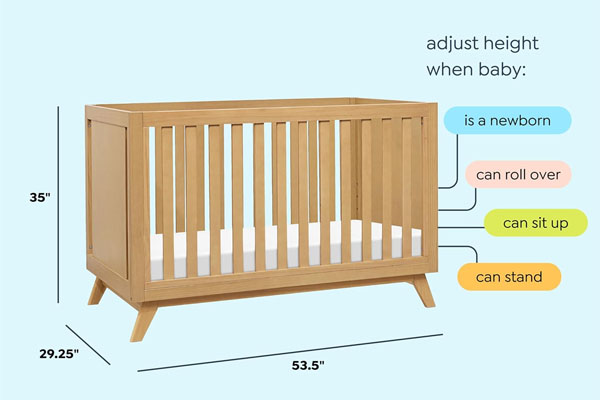
Comparison of Wood Types
| Wood Type | Strength | Eco-Friendliness | Cost |
|---|---|---|---|
| Maple | High | High | Medium |
| Oak | Very High | Medium | High |
| Beech | High | High | Medium |
| Pine | Medium | High | Low |
| Birch | Medium | Medium | Low |
Hardwoods are generally the best choice. However, pine and birch are budget-friendly alternatives, though they may be softer and prone to scratches.
How to Ensure a Wooden Crib Is Safe?
A crib should be more than stylish—it must be 100% safe for a baby. What factors should parents consider?
Check for non-toxic finishes, solid construction, and compliance with safety standards like ASTM, CPSC, or EN716.
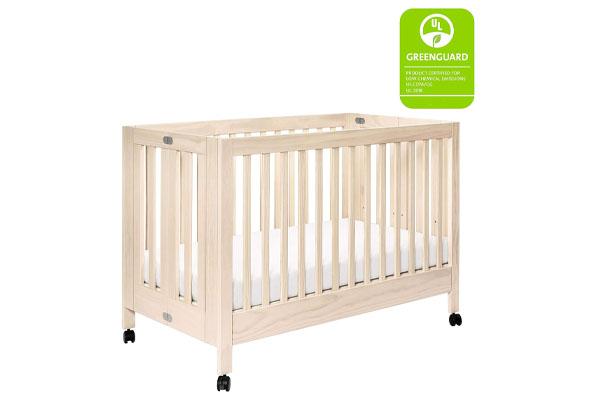
Essential Safety Features
- Non-Toxic Paints & Finishes: Avoid harmful chemicals that may release fumes.
- Sturdy Frame: The crib should not wobble or creak under pressure.
- Proper Slat Spacing: Gaps should be no more than 2.375 inches (6 cm) to prevent entrapment.
- Adjustable Mattress Height: Helps prevent falls as the baby grows.
- No Drop-Side Rails: These have been banned due to safety concerns.
Before purchasing, I always verify certifications and read customer reviews to ensure quality and compliance.
Conclusion
Wooden cribs are a top choice for their durability, eco-friendliness, and safety. Choosing the right wood type and checking safety features ensures a great long-term investment.

